On July 8, the Department of Culture and Sports of Hue City coordinated with the National Museum of History to announce the results of the second phase of exploration and excavation in 2025 at the Lieu Coc Twin Towers relic (Kim Tra ward, Hue city).
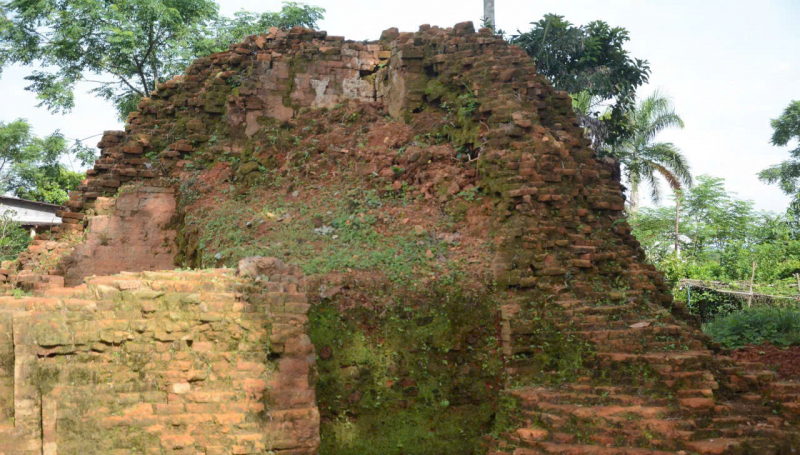
Accordingly, phase 2 was conducted, opening 2 excavation pits, total area 60 m2, including 1 pit in the East of the North tower and 1 pit in the North and East of the South tower. In addition, the exploration and excavation process also opened 2 exploratory pits in the North of the North tower and the South of the South tower.
The results clearly determined the ground plan, scale and structure of the entire North Tower Temple architecture and part of the ground plan structure of the South Tower Temple. At the same time, in the two exploration pits, archaeologists also determined the location, distance and part of the structure of the northern and southern wall systems of the temple tower area.
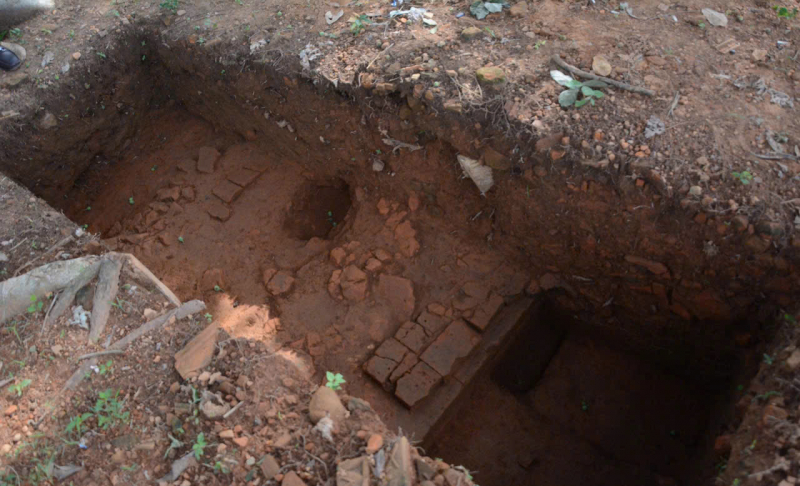
According to archaeologists, Lieu Coc Twin Towers is an architectural complex distributed on a low alluvial mound, located near the Bo River. Notably, Lieu Coc Twin Towers is the only known relic in Vietnam in particular and the world in general that has 2 main worshiping towers. Through the exploration and excavation process this time, it was determined that the 2 towers were not built at the same time, with a time difference of about 10 - 20 years.
Regarding construction techniques, the South Tower as well as the North Tower are both treated with reinforced foundations of sandy clay, and the surface is compacted with dark red Laterite soil. The entire architecture mainly uses bricks as materials…
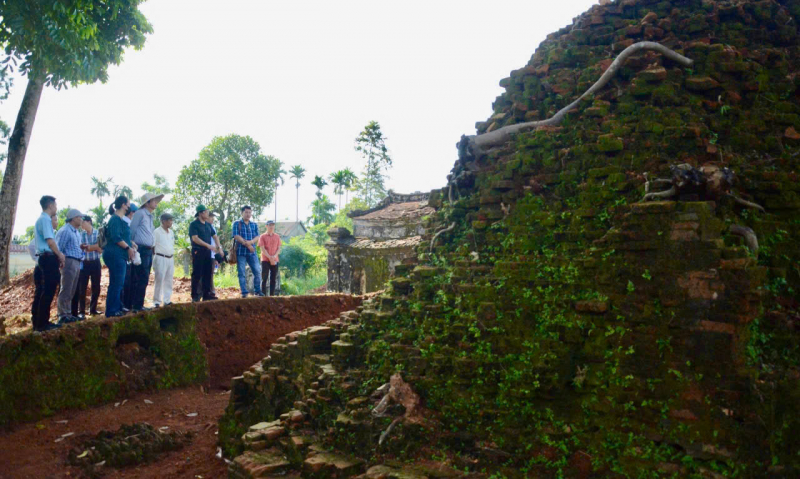
According to archaeologists, it can be determined that after 1306, Lieu Coc Twin Towers gradually deteriorated and were not cared for or restored. However, from this period onwards, although not focused on preservation, there were still people (possibly both Vietnamese and Cham people) who came to offer incense and worship; later, a temple was built to worship Duong Phi (the Lady of the Tower) right in front of the South Tower. After 1945, the relic may have begun to be abandoned and stolen.
Along with uncovering traces of architectural foundations, archaeologists also collected 9,380 specimens and fragments of artifacts; mainly focusing on architectural materials, architectural decorations, steles, glazed pottery, porcelain, earthenware and bronze metal fragments.
According to Mr. Nguyen Ngoc Chat, Deputy Head of the Collection Research Department, National Museum of History, after 2 phases, the excavation area has only stopped at 150 m2, more than 6% of the planned area of the relic site of 2,428 m2. Meanwhile, the initial results have provided many important scientific data, bringing many new perceptions as well as unanswered issues, unable to fully identify the history, layout, space and nature of the relic.
To have the most complete and comprehensive overview of Lieu Coc temple, archaeologists need to expand the excavation area; create the premise and motivation for research, establish a specific space or higher, a Champa cultural museum to concentrate the artifacts and documents that Hue possesses to introduce and promote this unique cultural heritage.
Source: https://cand.com.vn/Chuyen-dong-van-hoa/cong-bo-ket-qua-tham-do-va-khai-quat-tai-di-tich-thap-doi-lieu-coc--i774093/

























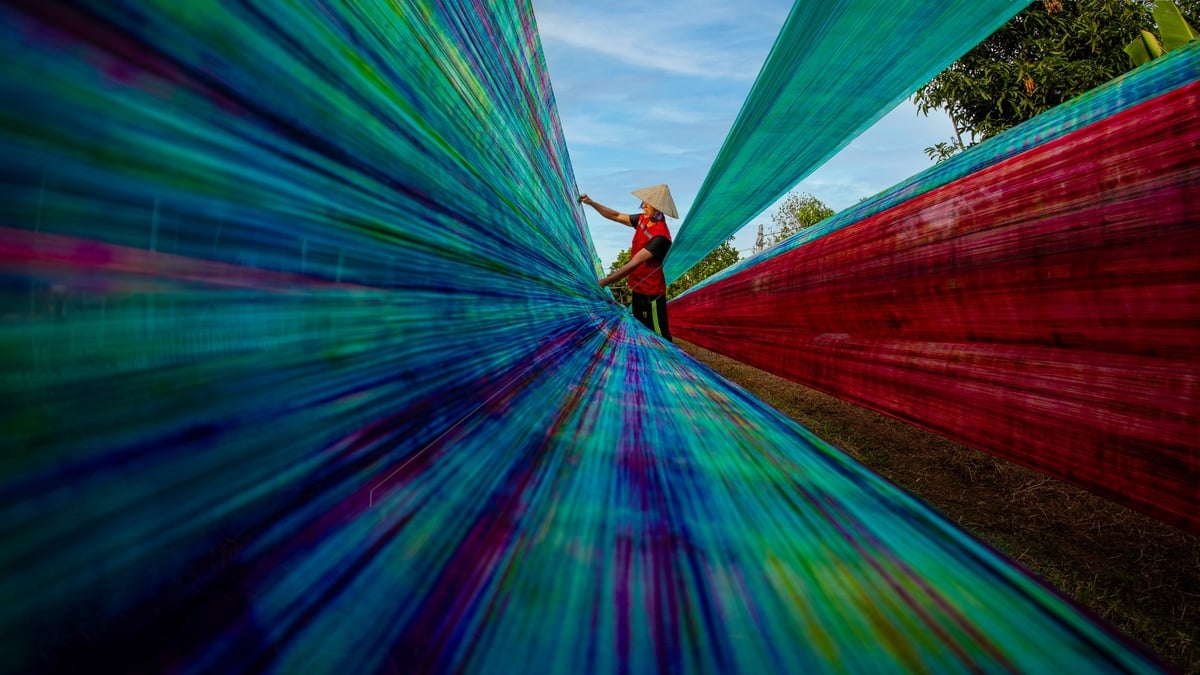


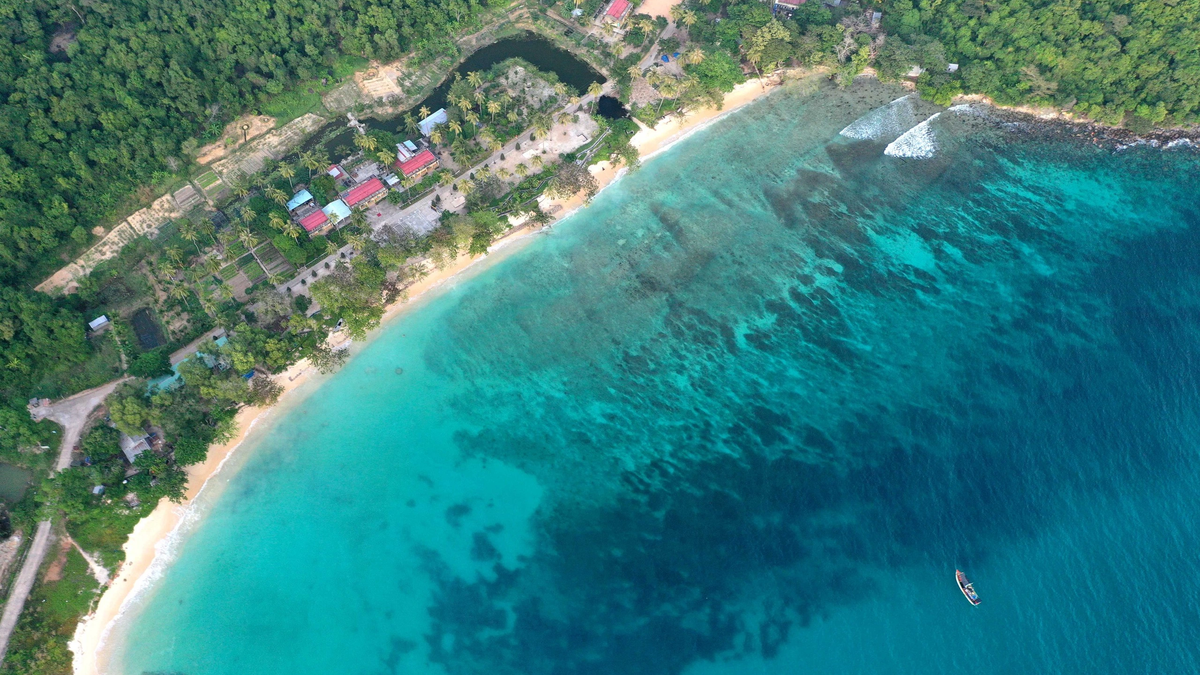







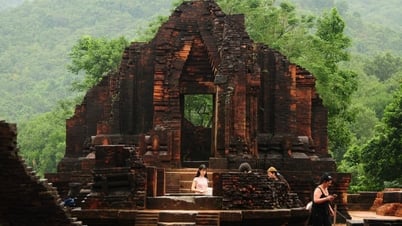
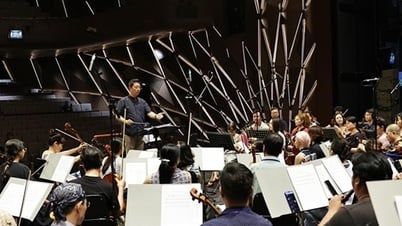
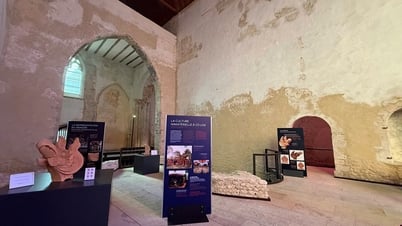










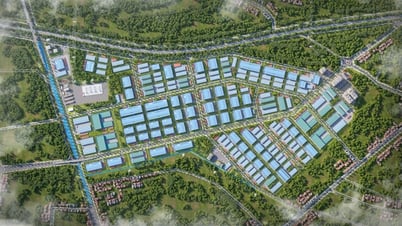






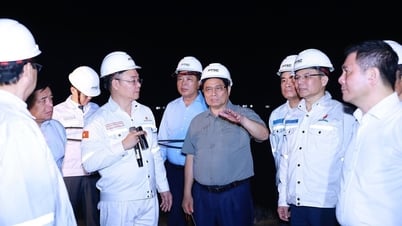
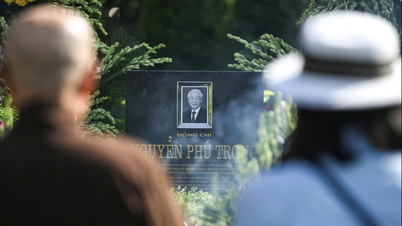







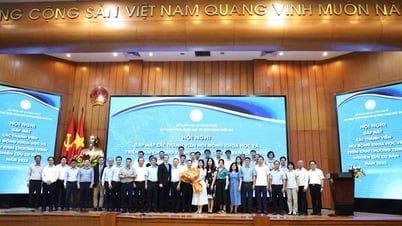

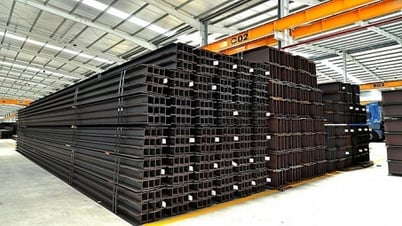

























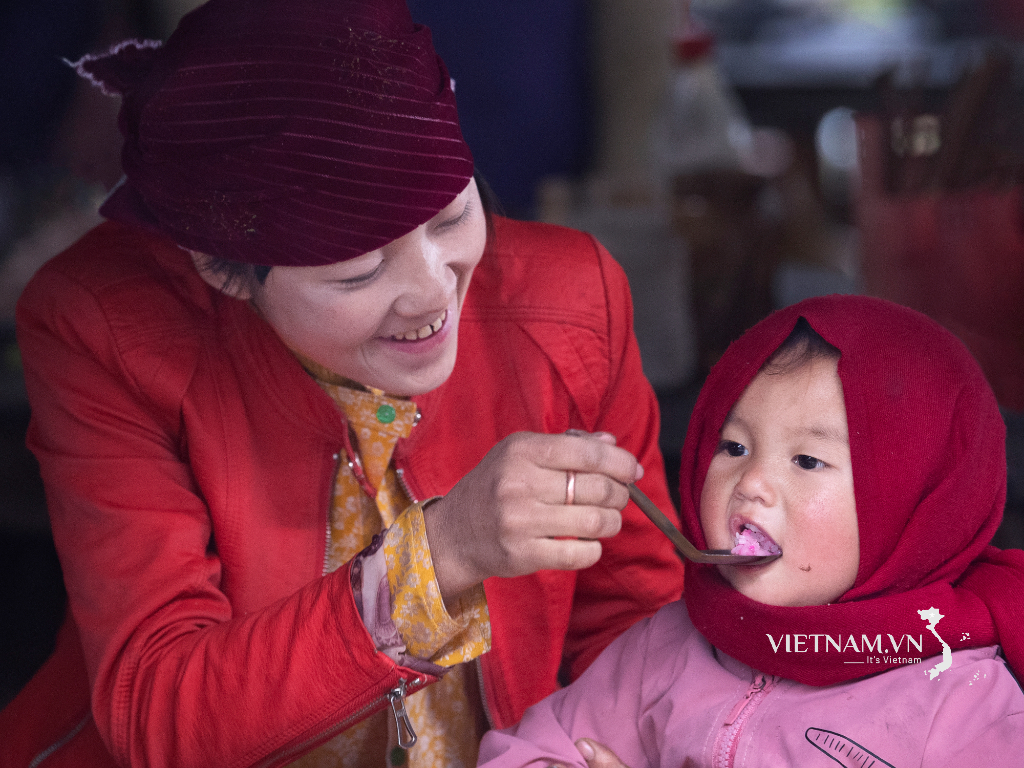

Comment (0)